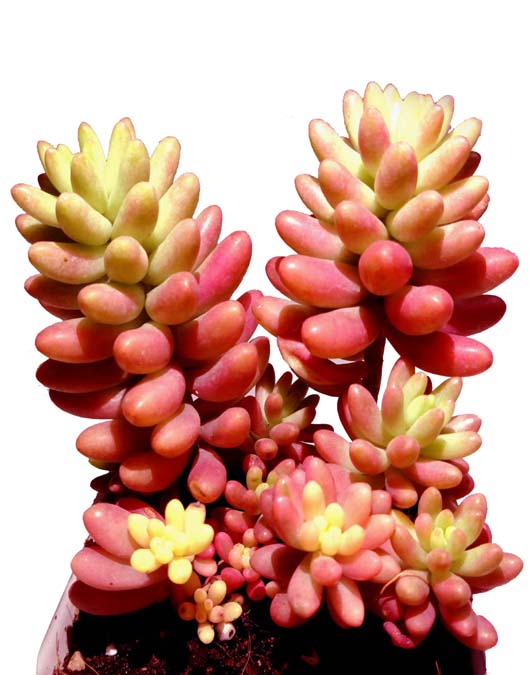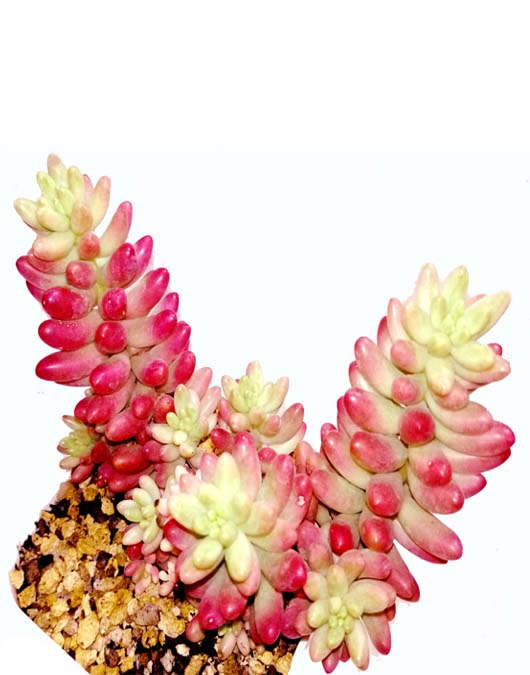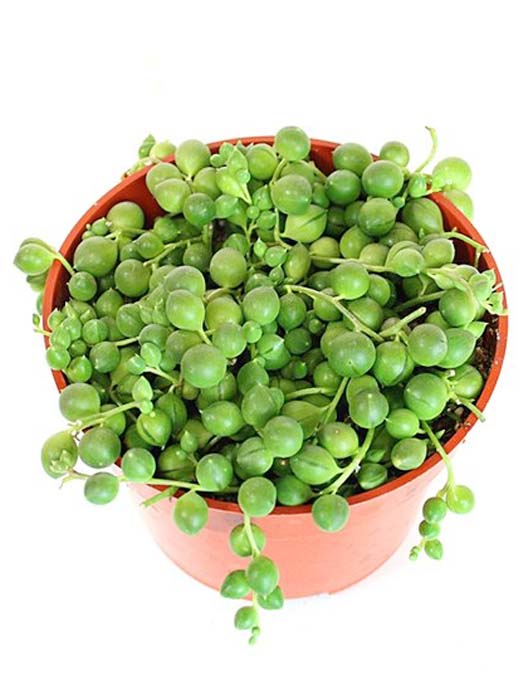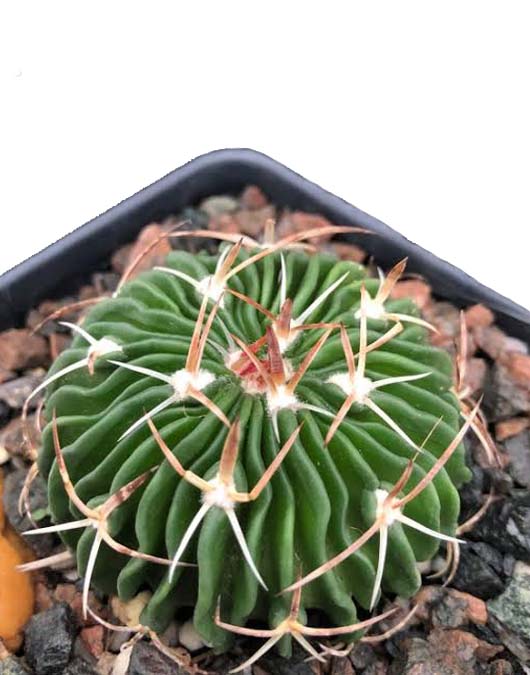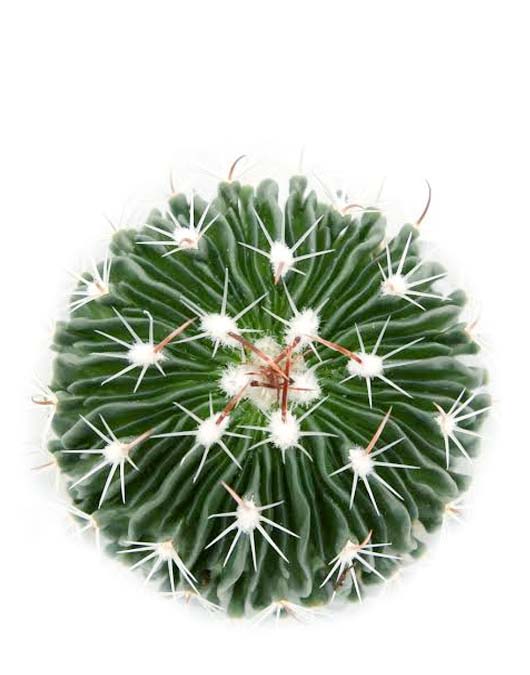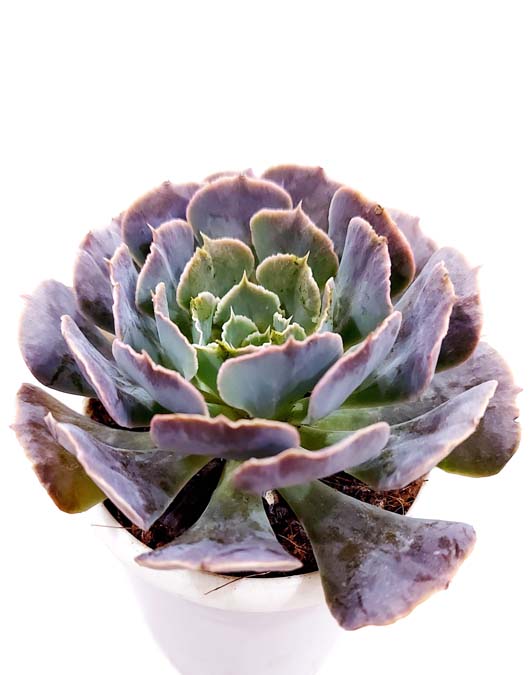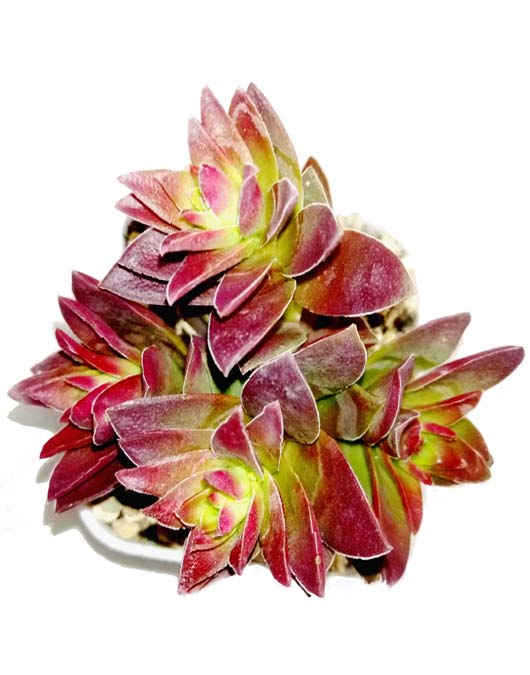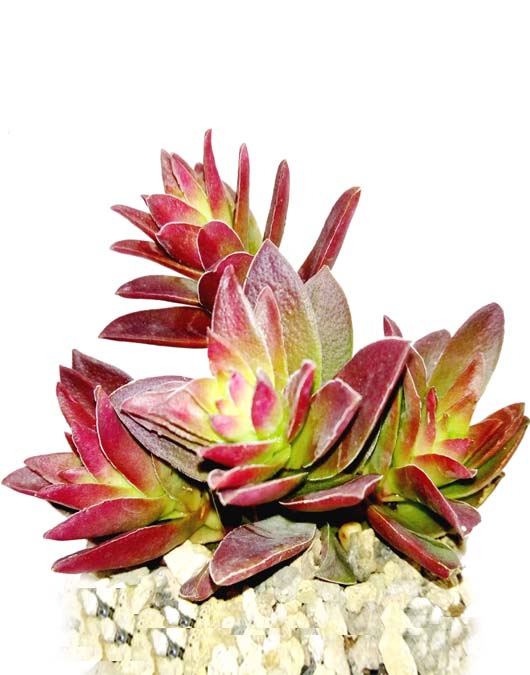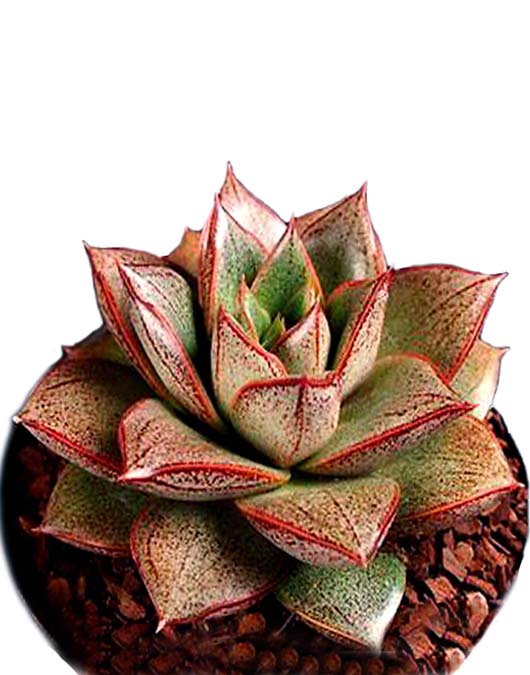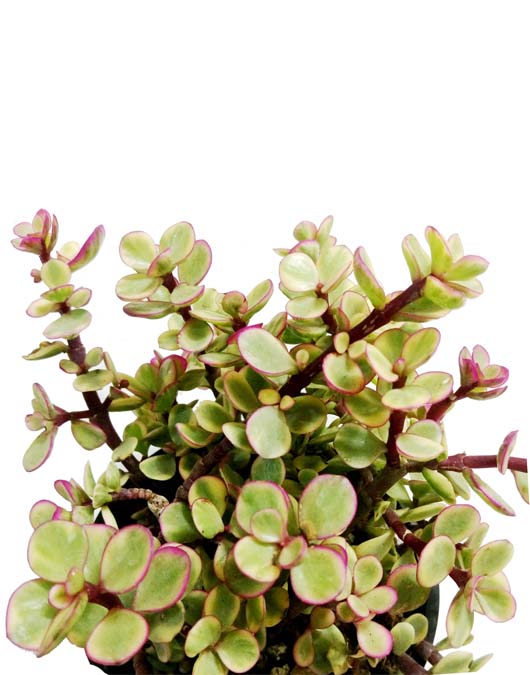- Also known as “string of beads” or “Rosary,”
- This succulent is a perennial vine of the Asteraceae family and is native to southwest Africa.
- Like most succulents, it requires very little hands-on care.
- In addition to its unique foliage, string of pearls can produce tiny white flowers with bright-colored stamens. (Some say the blooms smell like cinnamon.)
- Plants Will Be Given With Free Plastic Pot
- The base coloration of Stenocactus multicostatus ‘Wave Cactus’ is a rich, greyish green, which serves as a lovely backdrop for the large pink blooms that will emerge during the summer months, featuring yellow stamens and deeper pink striping down the length of each petal.
- The brain cactus (Stenocactus multicostatus) features distinctive wavy ribbing on its surface that almost looks like the folds of a brain,
- Stenocactus Multicostatus is native to Mexico, specifically to the Chihuahua, Coahuila and Durango, Zacatecas, and the Nueva Leon regions. The dry meadowlands suit it well, and it adapts well to draughts by hiding in the rocky soil.
- Its small size and low-growing nature make it suitable to be grown in pots. In suitable environments, it can also be grown outdoors
- Plant Will be Given With Free Plastic Pot.
- Echeveria Shaviana ‘Pink Frills’ is known to be a beautiful succulent that can reach up to 20 cm (8″) tall and around 30 cm (12″) in diameter. Most notable are the leaves that become purple, silver blue to green as it ages. It is known that the plant regularly creates offsets and when it flowers you can expect orange to pink flowers
- This succulent type needs typical watering as the other succulents.
- It is a nice addition to your collection of plants
- Echeveria shaviana is a tender, soft, evergreen succulents native to the mountain areas of Nuevo Leon in northern Mexico.Shaviana belongs to the Echeveria plant genus a member of the Crassula family (Crassulaceae).
- Plant Will Be Given With Free plastic Pot
- This plant is a cluster of rosette shaped leaves in beautiful shades of emerald green, lime green and rose, like glittering jewels.
- ‘Campfire’ requires very little care and prefers a location with good sun and good drainage. Blooms with inconspicuous white flowers
- Crassula Erosula Flame plant are very easy to grow
- Rare Variety
- Plant Will Be Given With free Plastic Pot
- Echeveria purpusorum is a small succulent with tight, usually solitary rosettes that occasionally produce few offsets.
- Echeveria purpusorum is a petite rosette-shaped succulent. They are native to Oaxaca and Puebla, Mexico.
- The genus Echeverria is named after Atanasio Echeverria Codoy, an 18th-century botanist. However, the purpusorum species was discovered by Carl and George Purpus. Carl, a botanist and George, the explorer usually worked together.
- Like most succulents, Echeveria Purpusorum is short and thick-leaved plant. It is known in some circles as The Rose or Urbinia. Its moniker, the rose, comes from its leaves’ arrangement and pigmentation. A full-grown plant resembled a rose flower. This resemblance is reinforced by its red pigmentation along its leaves’ edges.
- Echeveria purpusorum has typical watering needs for a succulent. It’s best to use the “soak and dry” method, and allow the soil to dry out completely between waterings. Be sure not to let water sit on the leaves, and use a well-draining soil.
- Plant Will be Given With Free Plastic Pot
- Graptoveria superbum · This is a Graptopetalum and Echeveria hybrid
- The Latin name Graptopetalum means “marked petals”
- Like most succulents, they need great drainage and infrequent water
- A very popular succulent for its beautiful purple pink foliage.
- Graptopetalum pentandrum superbum is a pretty succulent, forming wide, open rosettes of fleshy, lavender-pink leaves held at the end of thick stems.
- Plant Will Be Given With Free Plastic Pot
- Orostachys japonica also known as rock pine is a species of flowering plant in the family Crassulaceae. Native to East Asia. Its main habitat is on the surface of mountain rocks in Korea, Japan and China.
- Orostachys japonica (Rock Pine) is a biennial or perennial succulent with dense rosettes that grow in clumps
- The flowers are hermaphrodite. The rosette leaves shape like a spatula. Because of its growing shape which resembles a pine tree’s cone, and its habit of growing on mountain rocks, it is also called rock pine.
- Water needs only moderate watering when established Keep in direct sun, water in morning, and water only when soil is fully dry
- Plant will be given With Free Plastic Pot
- Also known as variegated elephant bush or rainbow portulacaria plant, rainbow elephant bush (Portulacaria afra ‘Variegata’) is a shrubby succulent with mahogany stems and fleshy, green and creamy white foliage. Clusters of small, lavender-pink blooms may appear at branch tips.
- In its natural environment, variegated elephant bush can reach heights of up to 20 feet 6 m
- The home interior is an excellent place to grow elephant bush houseplants.
- Plant Will Be Given with Free Plastic Pot

